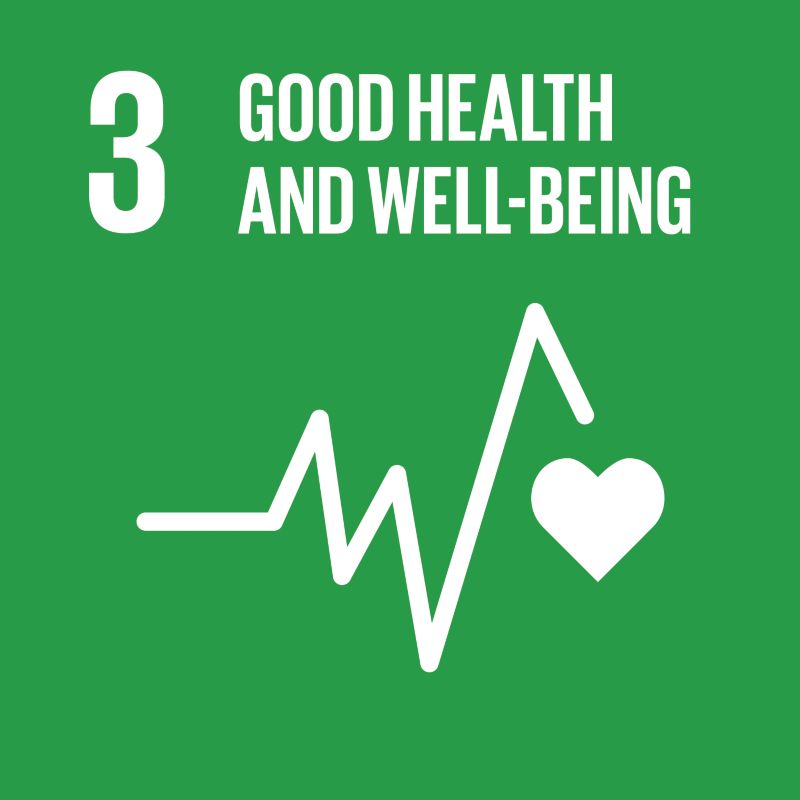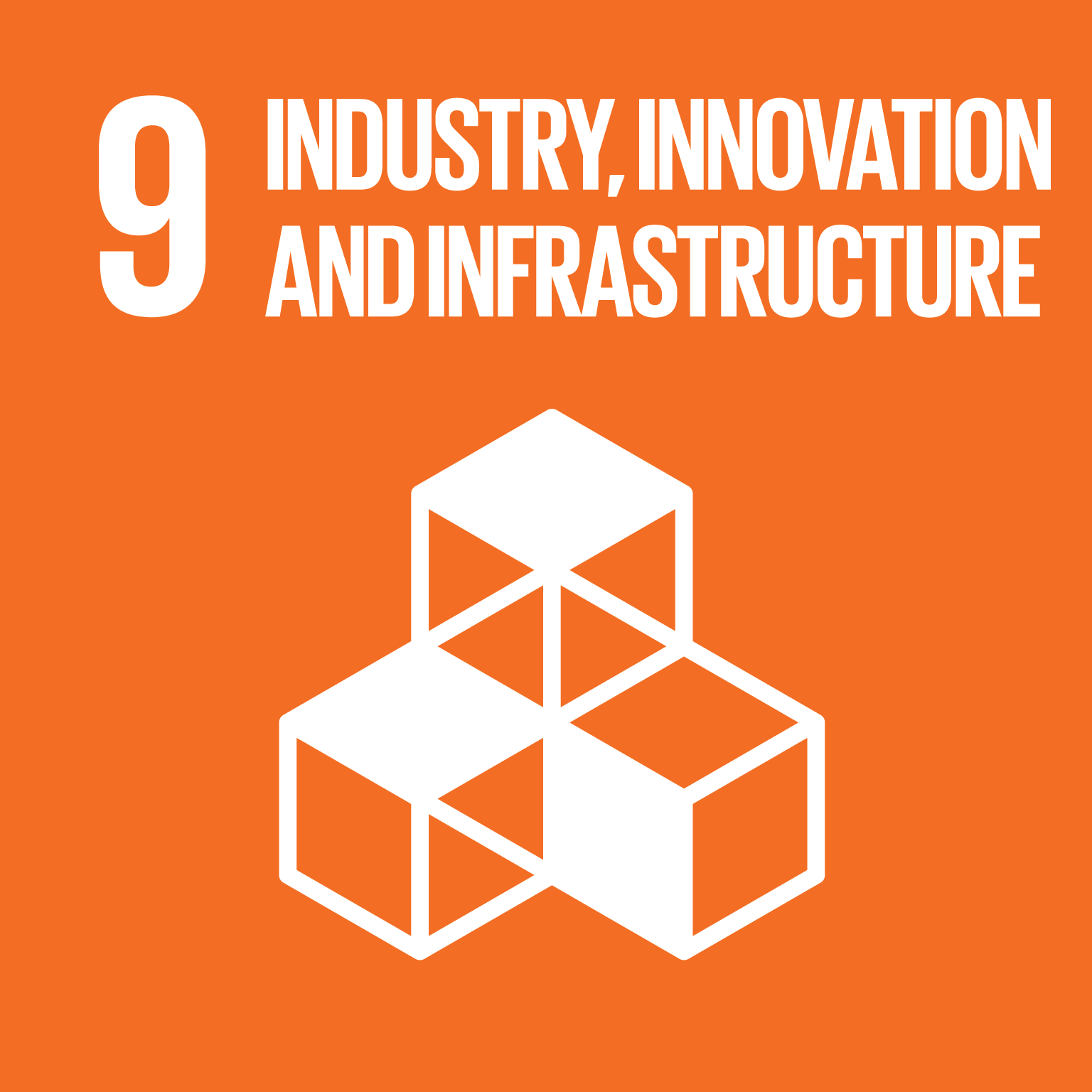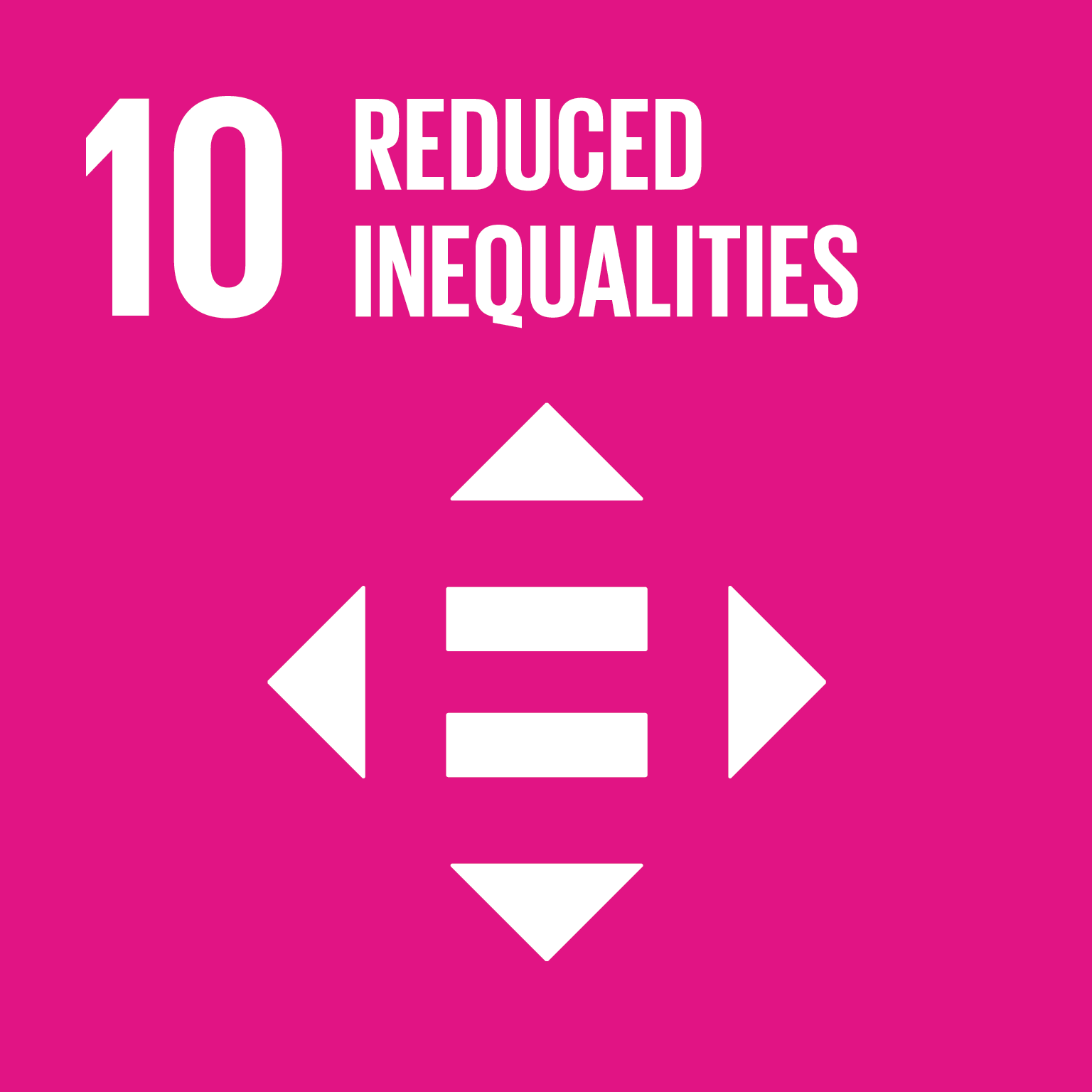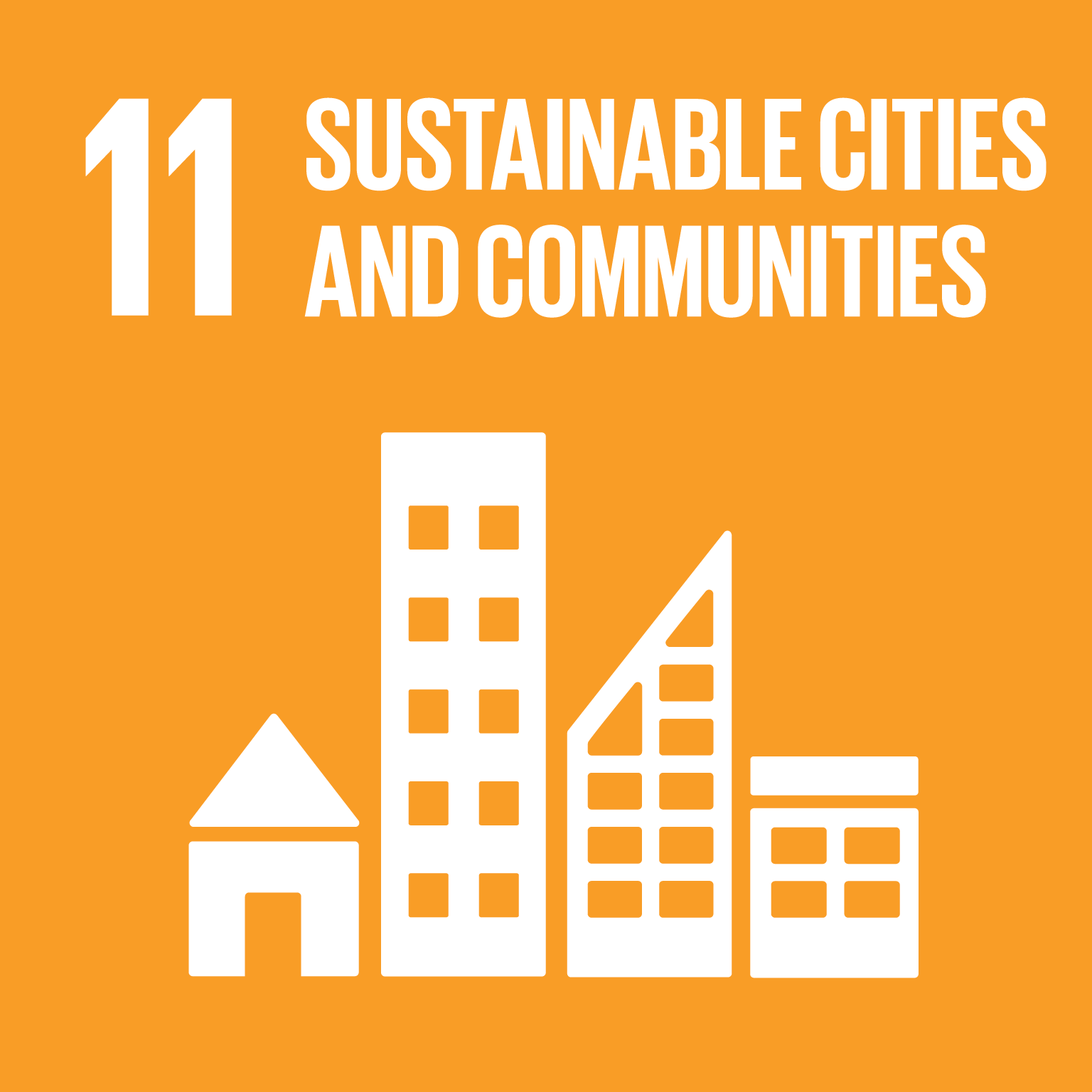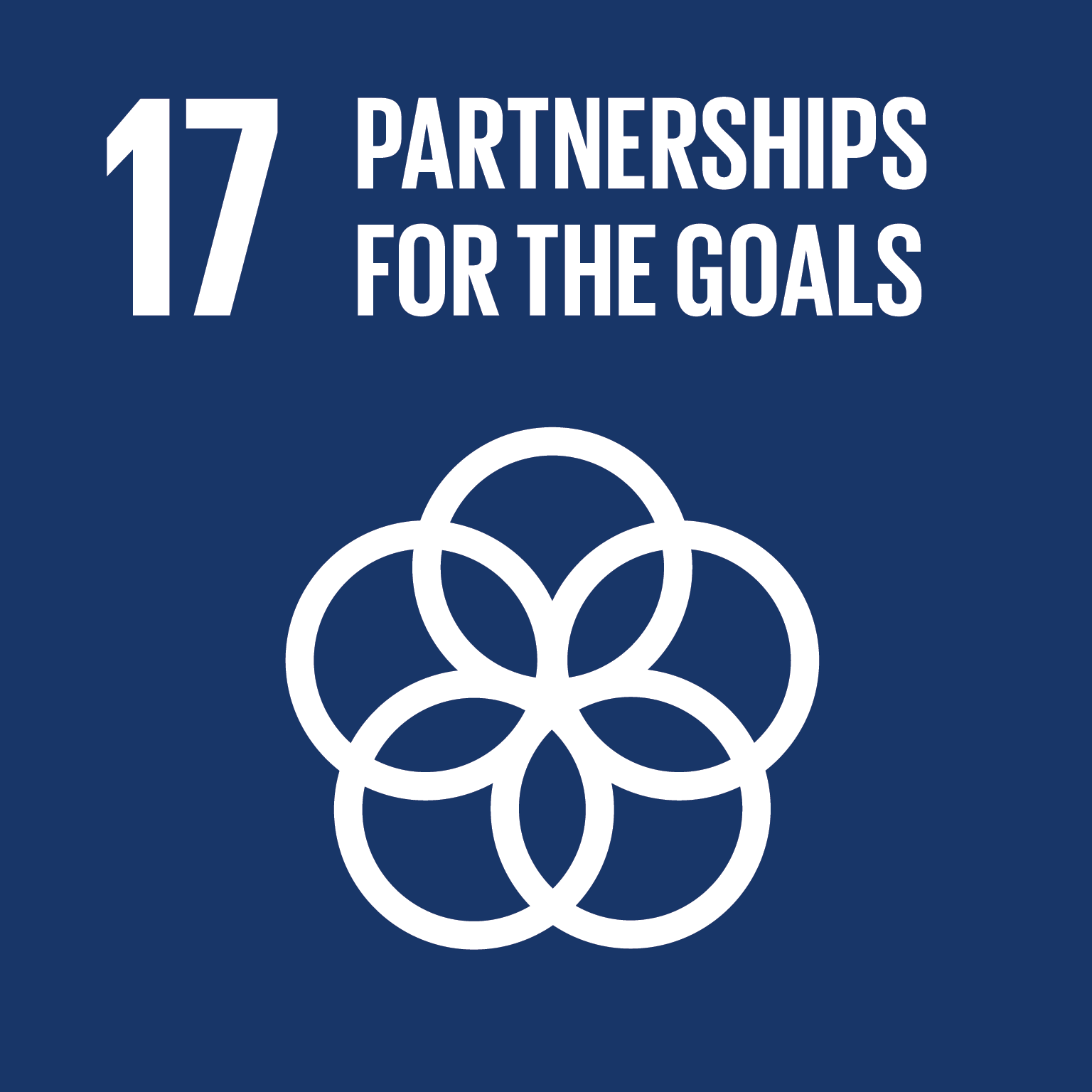Creating Liveable Cities in Australia is the first “baseline” measure of liveability in Australia’s state and territory capitals.
This research project examines seven domains of a city’s liveability that also promote the health and wellbeing of Australians – walkability, public transport, public open spaces, housing affordability, employment and the food and alcohol environments.
Project timeline: 2012 - 2017
Key contributors: Jonathan Arundel, Melanie Lowe, Paula Hooper, Rebecca Roberts, Julianna Rozek, Carl Higgs and Billie Giles-Corti
Find out more: Creating Liveable Cities in Australia project page
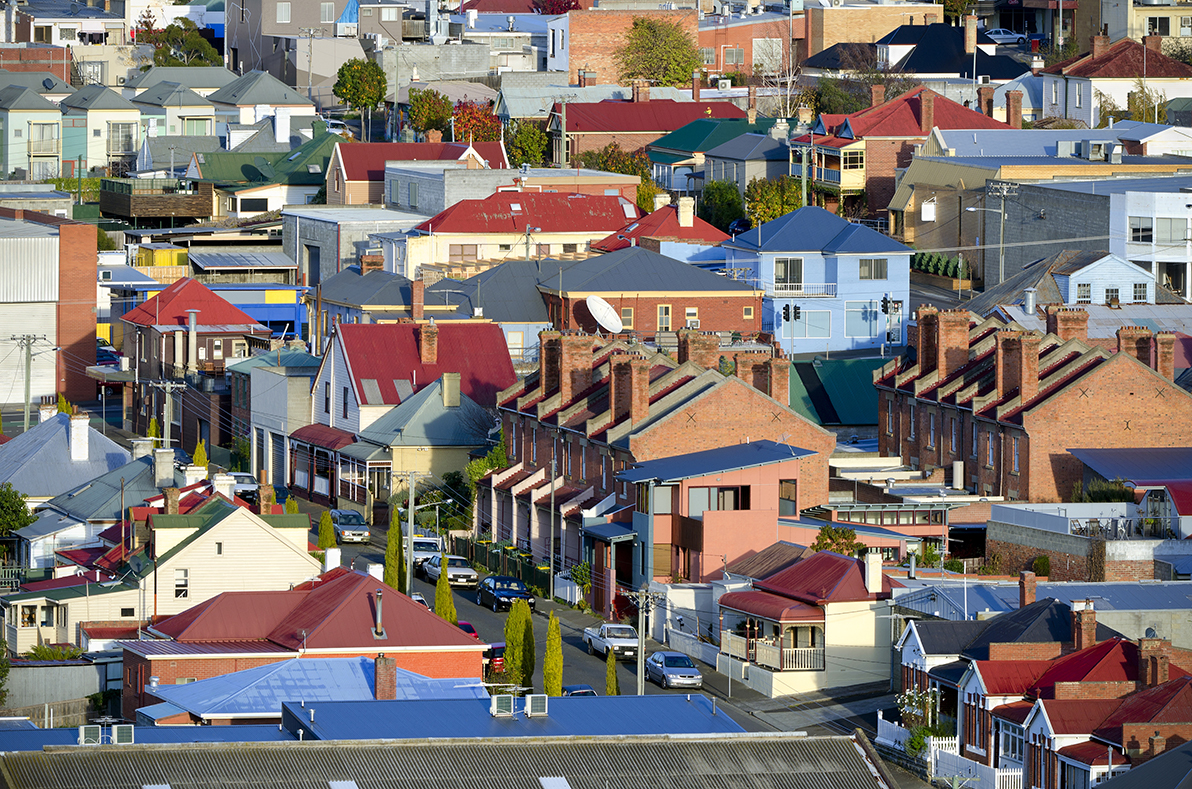
This project addresses the following Sustainable Development Goals and Targets:
By 2030, reduce by one third premature mortality from non-communicable diseases through prevention and treatment and promote mental health and well-being
Strengthen the prevention and treatment of substance abuse, including narcotic drug abuse and harmful use of alcohol
By 2020, halve the number of global deaths and injuries from road traffic accidents
By 2030, substantially reduce the number of deaths and illnesses from hazardous chemicals and air, water and soil pollution and contamination
3.4 By 2030, reduce by one third premature mortality from non-communicable diseases through prevention and treatment and promote mental health and well-being
3.5 Strengthen the prevention and treatment of substance abuse, including narcotic drug abuse and harmful use of alcohol
3.6 By 2020, halve the number of global deaths and injuries from road traffic accidents
3.9 By 2030, substantially reduce the number of deaths and illnesses from hazardous chemicals and air, water and soil pollution and contamination
10.2 By 2030, empower and promote the social, economic and political inclusion of all, irrespective of age, sex, disability, race, ethnicity, origin, religion or economic or other status
11.2 By 2030, provide access to safe, affordable, accessible and sustainable transport systems for all, improving road safety, notably by expanding public transport, with special attention to the needs of those in vulnerable situations, women, children, persons with disabilities and older person
11.3 By 2030, enhance inclusive and sustainable urbanization and capacity for participatory, integrated and sustainable human settlement planning and management in all countries
11.7 By 2030, provide universal access to safe, inclusive and accessible, green and public spaces, in particular for women and children, older persons and persons with disabilities
11.6 By 2030, reduce the adverse per capita environmental impact of cities, including by paying special attention to air quality and municipal and other waste management
11.a Support positive economic, social and environmental links between urban, peri-urban and rural areas by strengthening national and regional development planning
17.13 Enhance global macroeconomic stability, including through policy coordination and policy coherence
17.14 Enhance policy coherence for sustainable development
17.17 Encourage and promote effective public, public-private and civil society partnerships, building on the experience and resourcing strategies of partnerships

Get in touch
For more information or to discuss partnership and collaboration opportunities, email us at SDGs@rmit.edu.au.
For more information about RMIT’s sustainability commitments and activities visit www.rmit.edu.au/sustainability
